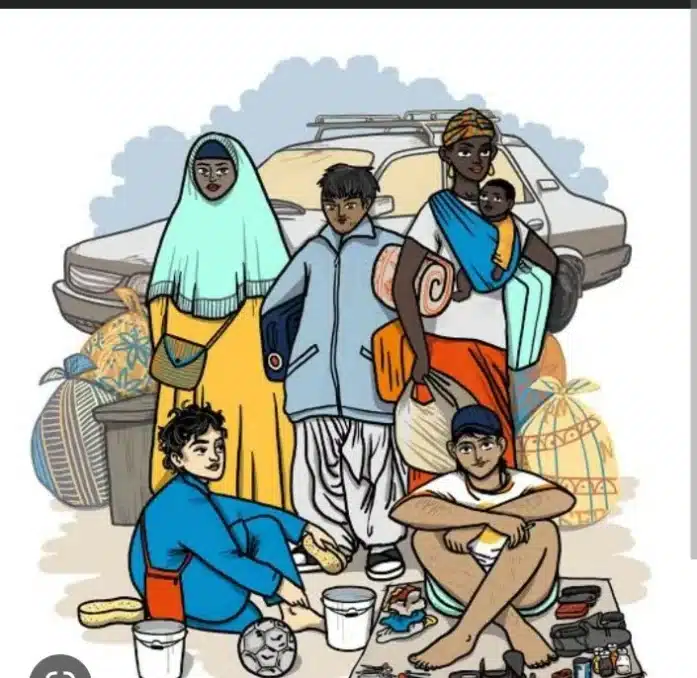This year, the Egyptian city of Sham Al-Sheikh witnessed the COP-27 (conference of parties), which is a crucial climate summit for the world where different stakeholders from different countries gathered to discuss climate finance and the Paris Agreement to save the Earth.
The fact about migration has been supported by the “World Migration Report 2022,” which is published every second year by the IOM (International Organization for Migration), which noted that 30.7 million new displacements have been triggered by disasters in about 145 countries and territories. This has depicted a reverse trend in migration, where people have been displaced due to climate issues and not by conflicts.

For instance, most of the displacements have been due to climate-related events like storms that caused 14.6 million displacements and floods that caused 14.1 million displacements; extreme temperatures have also displaced 46,000 people in recent years.
Hence this flagship report on global migration also brings to light the effect of climate-induced factors on migration. This is an undeniable fact: nature is directly related to us as human beings who mutually coexist with each other. A sudden change or disruption in either of them, directly or indirectly, affects both of them.

Climate induced changes like disasters, high temperatures, scorch weather events and floods etc, affect the human life and their migration patterns. Another UN agency, UN Convention to fight desertification also estimated that drought could displace 22 million in Africa. The vulnerability of people in different regions to leave their places is uncertain. India reported nearly 4 million new displacements due to disasters.
In the event of COP 27 India has pitched for green energy and as the country lies between the Tropic of Cancer and the Tropic of Capricorn , those regions where one of the most vulnerable countries fall have made India an important stakeholder. The loss of public expenditure and revenue with a reduced coping capacity due to natural disasters have worsened the situation.
Early warning systems and preparedness for a disaster have substantially reduced mortality rate in countries but the migration due to availability of essential food supply and basic amenities have always been a key factor in human migration. Earlier it was a pre conceived notion that wars tore humanity in fragments, causing annihilation of large segments of people but the present day reality has shown how climate change influences the migration patterns.
Hence, these different climate summits point towards the need of affordable low cost sustainable financing system from multilateral development banks to aid countries to stand together in this quest of fighting climate change.












